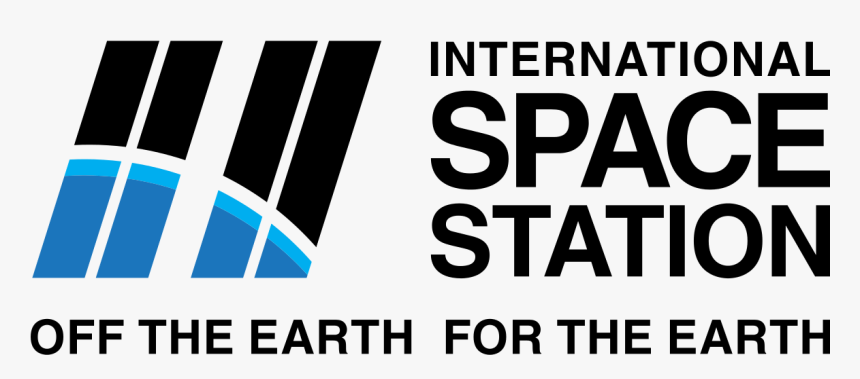Part 3 of 3 Parts (Please read Part 1 and Part 2 first)
NASA has not updated its cancer risk calculation for astronauts in over a decade. The agency wants to take advantage of the most recent data from animals and long-term studies of bomb survivors, medical and nuclear plant workers. Once NASA decides on a new maximum radiation standard, their engineers will utilize the new standard to guide their design decisions about how to protect astronauts during long-term space missions. J. D. Polk is NASA’s chief medical officer. He gave the example of a three-year round trip to Mars and back which could expose an astronaut to a total of one thousand mSv. This means that NASA need to consider how best to reduce that exposure with shielding on the spacecraft. One idea was a vest called AstroRad that is being tested on the ISS. It might protect astronauts from solar particles. Another idea would be to construct a small shelter inside the spacecraft to protect the entire crew against a stream of high-energy cosmic rays.
Cancer is not the only things that astronauts have to be concerned about. Radiation can cause myocardial remodeling. This causes the structure of the heart to begin to change. Fiberous tissue grows to replace health heart muscles which could lead to heart failure. Other problems include atherosclerosis in blood vessels. This condtion can lead to stroke, heart attack, inflammation, cell death and/or DNA damage. Jane Grande-Allen is a professor of bioengineering at Rice University. Her lab has been funded by NASA to develop an early stage in vitro cell model to study the effects of space radiation on cardiovascular disease.
Grande-Allen said, “Even if there is a whole lot of shielding, if there is a small amount of radiation over a long period of time, it’s going to be leading to cardiovascular disease. There’s a lot we don’t know because we haven’t done this before.”
One big difference between people on the surface of the Earth and people who are sent into space is the fact that astronauts are selected for their physical strength and histories of good health. In addition, they are constantly exercising on treadmills. All of these factors lower their risk of both cardiovascular disease and cancer. However, although it is a good thing that astronauts are very healthy, most of the research so far on how human bodies fare in space have been done on a group of people who are very nonrepresentative. NASA’s astronaut corps has overwhelmingly male and white since the first American flew into space in 1962.
NASA had to estimate the cancer risk for female astronauts based on other types of radiation exposure research. Studies on Japanese atomic bomb survivors have shown that women have a higher risk of radiation-induced lung, breast and ovarian cancers. This is the reason that NASA has a much stricter standard for radiation exposure for female astronauts. Some former female astronauts have complained that they have suffered discrimination and were unable to advance their careers by spending more time in space. NASA’s new proposed radiation standards would be the same for all astronauts.
Polk says that he believes that it is important to permit the best and most qualified astronauts to fly on long-term missions beyond low-Earth orbit. Experienced astronauts should not be disqualified because of a health standard that is still a work in progress. Polk says, “You don’t want to remove someone based on an arbitrary number unless you have really good data to back it up.”
